Samsung is the world’s largest TV maker both in manufacturing and sales. However, things are not as rosy at Samsung with regard to TV dominance as you might expect.
Competition in the TV market is fierce and Samsung is experiencing pressure from less-expensive LCD-based TVs from China-based companies and from its arch-rival LG with its dominance in OLED TVs.
With the exception of its QD-OLED TVs, the rest of the TVs Samsung offers are LCD Technology based. Samsung’s LED/LCD (Crystal UHD), QLED, and NeoQLED TVs all use LCD panels and LED backlighting.
Tip: Even though QD-OLED TVs are based on OLED technology, they are not true OLED TVs, but Samsung markets them using the OLED label (which makes things confusing for consumers).

However, things could change in a big way with the reports that Samsung is going to purchase OLED TV panels from LG Display, which also supplies OLED TV panels to its sister company LG Electronics, as well as Sony, Vizio, Panasonic, Philips, and others. Each TV maker adds their own video processing and other features in addition to using the panels.
Tip: Panasonic and Philips OLED TVs are not available in the U.S.
This new development is poised to really shake things up in the TV market, and LG Electronics might be affected the most as its sister company LG Display is going to be collecting some Samsung cash. There is no love lost between Samsung and LG Electronics.
The Backstory
After a failed attempt by Samsung in 2013 to make and market an OLED TV, LG Electronics TVs using panels made by LG Display ended up dominating that market.
Tip: LG Display’s OLED panels use WOLED technology (white OLEDs combined with red, green, and blue color filters), but are usually referred to in the market as just OLED.
Samsung backed itself into a corner with OLED as they have been openly criticizing OLED technology through the years as inferior due to burn-in and lower brightness capability. However, those issues have been addressed somewhat as well as the lowering of production costs resulting in OLED TV prices that are now close to Samsung’s high-end Neo QLED sets.
NOTE: Although Samsung has criticized OLED for TVs, they do make small OLED screens (along with rival LG Display) for many of Apple’s iPhones and select Galaxy smartphones.
In an early 2022 strategic turn-around, it was reported by reliable sources, that Samsung had bowed to LG’s OLED TV market strength, and had come to an agreement with LG Display Company to buy several million OLED TV panels for a new line of Samsung OLED TVs expected to become available to consumers in mid-2022.
However, negotiations fell through as the price Samsung was willing to pay was too low for LG Display to make a profit (and was also lower than they charged other OLED TV brands).
What Has Changed For Samsung and LG
Since the time of their initial negotiations, two things have occurred that seem to be the reasons that LG Display and Samsung came back to the negotiating table:
- LG Display has reported sluggish sales of OLED TV panels in its latest quarterly report. This means a cut-back in production, which in turn increases manufacturing costs.
- Although its new QD-OLED TV models are a new bright spot for Samsung, the vast majority of their TV profitability is too reliant on LCD-based technology. As a result, China-based TV makers are under-cutting Samsung’s overall TV profits through aggressive innovation and lower prices for consumers. In addition, Samsung has also encountered weaker demand for its memory chip manufacturing business.
As a result of the current problems faced by LG Display and Samsung Electronics, the time is right for them to make a deal.

The Deal
According to Reuters, the LG Display/Samsung Electronics agreement will result in Samsung purchasing 2 million OLED TV panels in 2024 and if all goes well, the number could rise to even 5 million panels in following years. It is being said that the first OLED panels supplied will be 77 and 83 inches.
Samsung buying 77 and 83-inch panel sizes makes sense as its current QD-OLED TVs are limited to 55, 65, and 77 inches and it doesn’t seem like an 83-inch QD-OLED screen size will be offered in 2024.
With LG Display’s OLED panel tech, Samsung can offer a TV product line that is a step down from its QD-OLED offerings and also possibly cut back on its expensive Neo-QLED models, which although LCD-based, are priced higher than their China-based competition. Also, Samsung might have access to LG Display’s latest OLED technology offerings, such as OLED EX and OLED META.
For LG Display, Samsung’s purchase of 2 million OLED panels not only provides a new customer for OLED panels but allows LG Display to increase manufacturing capacity by 20 to 30% while generating a possible increase in revenue of up to $1.5 billion.
What This Might Mean for OLED TV Makers
While this OLED panel deal looks great for LG Display and Samsung Electronics, the benefits for other TV makers are muddier.
On the surface, LG Electronics, the major buyer of OLED panels from LG Display is not going to be happy as Samsung entering the OLED market means more competition for LG Electronics, which relies heavily on OLED TV sales. Also, smaller OLED partners such as Sony could get squeezed out.
What This Might Mean for Consumers
As far as consumers go, there are two things consumers can look forward to.
Consumers will have more choices, and for the first time, the OLED choice will include Samsung, and if lower prices result that is great for everyone.
Samsung entering the OLED market will also make things more confusing for TV buyers. Samsung is not only the largest seller of TVs in the world, but it also offers the most models across multiple lines.
In addition to possible new OLED offerings in 2024, Samsung currently offers the following 2023 TV lines:
Tip: Samsung also makes MicroLED TVs (as does Sony, LG, and a few others). You can buy one (usually via special order) but prices are far out of reach for all but the 1%.
Samsung’s Possible OLED TV Future
With all of Samsung’s technology and model series, where will the OLED TV models using LG Display’s panels be placed in terms of consumer marketing? A lot depends on how Samsung prices the sets – if they are priced about the same as their Neo QLED TVs, then they would be positioned between their QD-OLED and Neo QLED TVs.
However, if Samsung plans to push OLED TV pricing down in order to take market share away from LG Electronics and Sony, such models could be placed as a less expensive alternative to Neo QLED TVs. To add to the speculation, if Samsung’s broader OLED TV move is successful, they may use it as an excuse to cut back or eventually eliminate the Neo QLED line in order to avoid having to compete with less expensive similar Mini-LED/QLED offerings coming from China-based companies such as TCL and Hisense.
Good luck with your TV Shopping!
Here are some TV Buying Tips (You are going to need them).
Related Reading


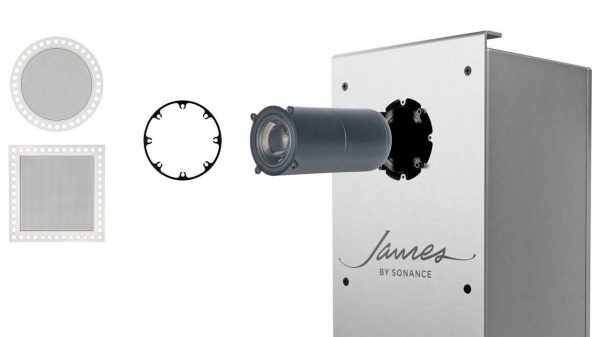




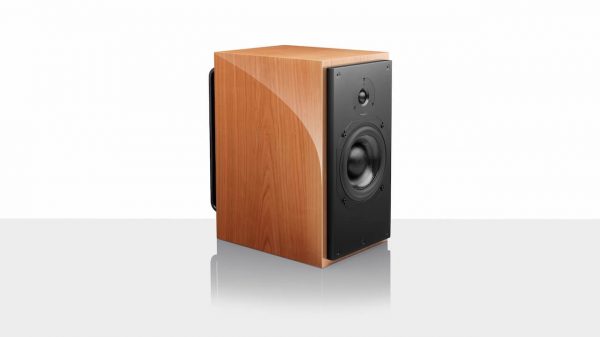





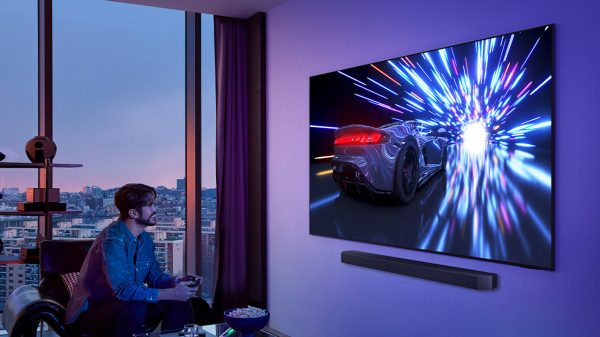

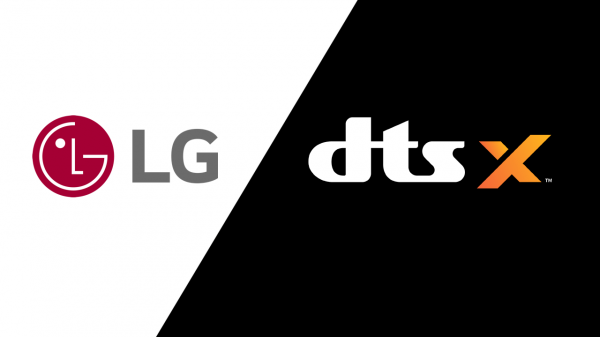


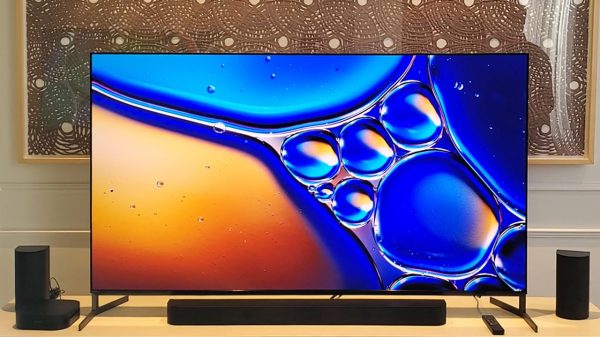

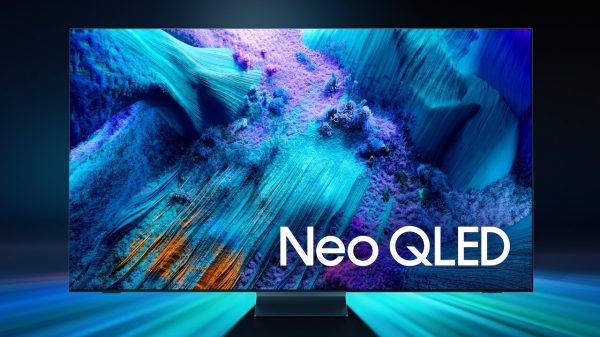














ORT
May 22, 2023 at 3:15 pm
This is good news indeed for possible purchasers perusing potential profferings previously placed beyond their reach…Whew!
LCD/LED, OLED, QD-OLED, Neo QLED, Trinity QLED (Gurrrrls Rock-2!)
And perhaps the One that will really bring ’em into stores and my personal favorite and long rumored to be Vaperwhere…GLOW QLED!!!!
The “Gorgeous Ladies Of Wrestling QLED”!!
Initially available only in the “Foundational Series” of 86″ but with more sizes to come as demand demands.
“Sigh”…The previous meaningfulless meandering was meant to pay homage to Senor Silvas excellent and exceptional articles both present and past on TVs as well as my favorite series of insightful and well WRITTEN (never just “typed”!) articles all with the most excellent introductory acronym ever devised…”WTF”!
Well done Sir Robert of Silva…Well done indeed!
So then, class. Stop! Who would cross the Bridge of Death must answer me these questions three, ere the other side he see.
What is your name?
What is your quest?
What is the refresh velocity of a Panasonic VIERA® TC-50S30 1080p Plasma TV?
Don QuixORTe’
Ian White
May 22, 2023 at 3:19 pm
ORT,
I liked that show. Just saying.
LG G3 OLED. All I need. After my last generation Panny plasma dies.
Sir Ian Baggins